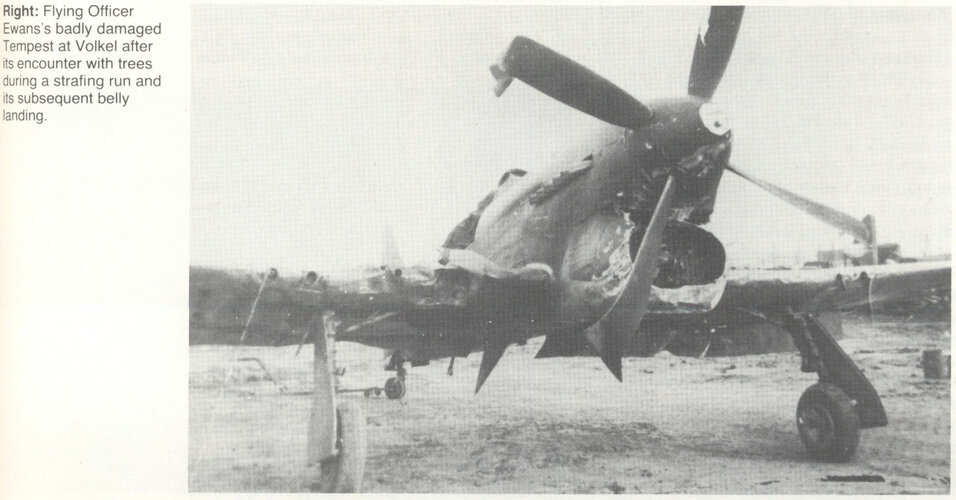BB1984
I really should change my personal text
- Joined
- 21 August 2011
- Messages
- 121
- Reaction score
- 198
Dual, dry/reheat engines is a light fighter, e.g, AIDC F-CK-1 Ching-kuo
The question is… why would anyone want 2x small engines when you can have a single F404, RB-199 etc? Even an old Atar was better than 2x Adours in many respects (despite the higher fuel consumption).
2 engines will always be more expensive to buy and maintain, plus have a negative impact on overall aircraft design potential (extra drag etc).
Since the whole point of a lightweight aircraft is to be cheap… design around a single Adour (or F125, or even better the slightly larger M.45G) seems more appropriate… But no one seems to have really pursued this except for the ALR Piranha.
I agree that, in general, that's true, and I also found the Piranha to be a fascinating design approach for a cheap fighter, but the thread was about the Adour, and . . .
- F-CK-1 has twin engines because of political wrangling over what engines Taiwan was allowed to have
- Engine commonality between types is a plus when looking at fleet wide cost/maintenance, so the right call might not be based on just what's optimal for a single plane. A country that already had the Adour (or any other particular engine) in service might find it preferable to standardize rather than introduce a new type of engine.
- This is particularly true if that engine is domestically manufactured (by the designer or under license) but the alternative is not, since then there are jobs/industrial-base implications for the engine choice.
- As I said, I agree in general, but the Adour powered Jaguar and other designs (F-18 and MB-346 jump to mind currently) made design decisions to go with two engines even when single engines of comparable thrust were available so it seems like there must be at least some advantages to the dual engine approach


